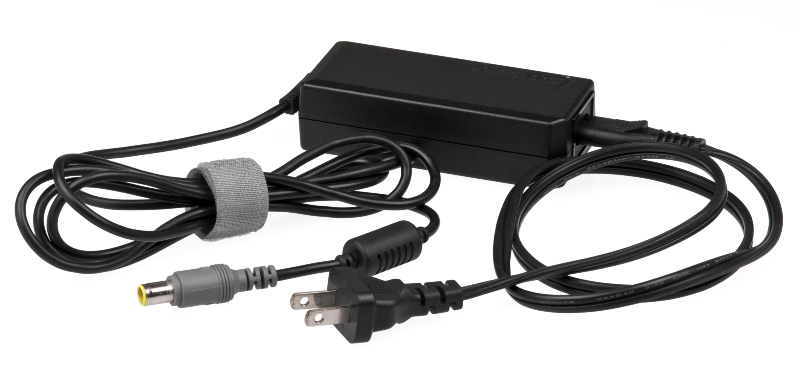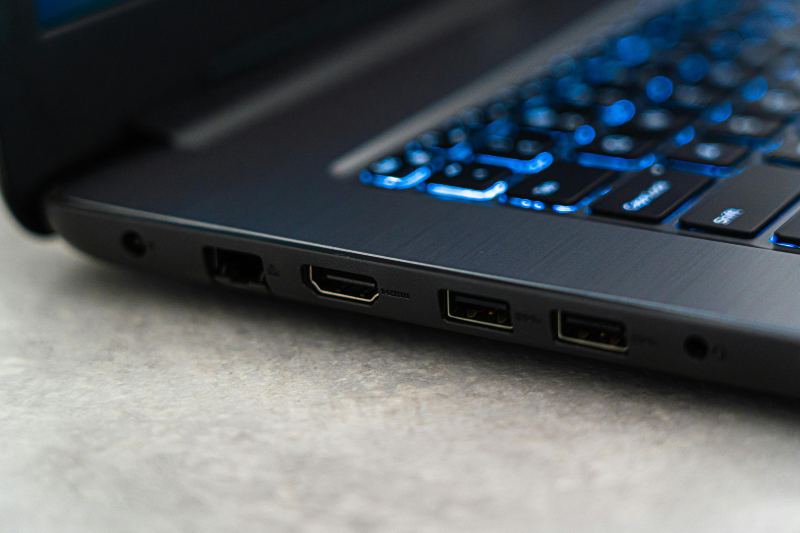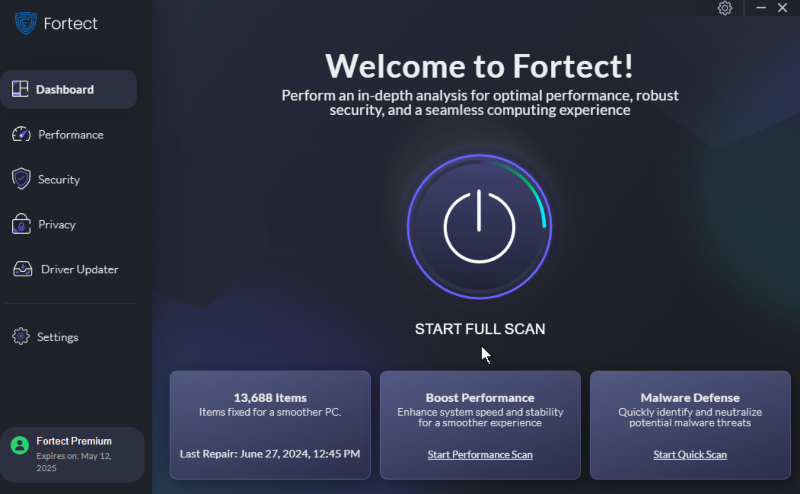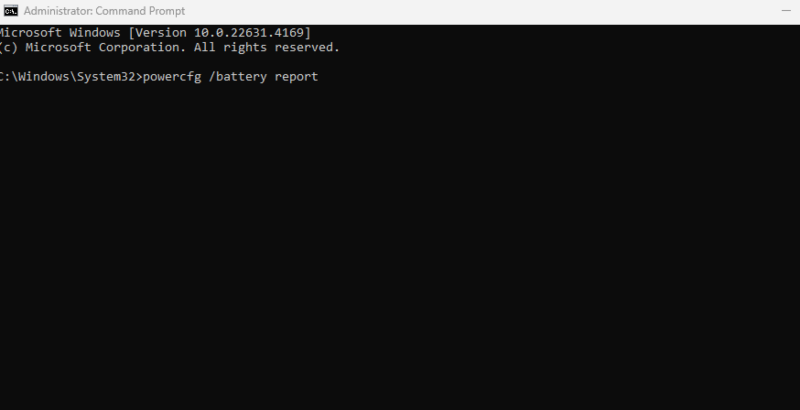What to do When Your Laptop Battery is not Charging
Dealing with a laptop battery that won’t charge can be frustrating, mainly when you rely on your device for work or personal use. Several factors can cause charging issues, from hardware problems to software glitches.
With Fortect, we’ll cover various solutions to help you fix a laptop battery that isn’t charging and get your laptop back in action.
Common Causes of Laptop Battery Charging Issues
Before checking into the fixes, it’s essential to understand some common reasons why your laptop battery might not be charging:
- Faulty Power Adapter or Cable: Damaged or malfunctioning charging cables and adapters can prevent your battery from charging.
- Loose or Unresponsive Charging Port: A loose or faulty port connection can interrupt power delivery to the battery.
- Battery Health Issues: Laptop batteries wear down over time, leading to charging problems.
- Software or Driver Issues: Outdated or corrupted battery drivers can cause charging failures.
- Overheating: Excessive heat can affect battery performance and prevent it from charging correctly.
8 Solutions for a Laptop Battery That Isn’t Charging
Check the Power Adapter and Cable
A faulty power adapter or charging cable is one of the most common reasons your laptop battery might not be charging.

- Inspect the power adapter and cable for visible damage, such as fraying, bends, or exposed wires.
- Try using a different power outlet to rule out issues with the socket.
- Use another compatible charger to see if the issue is with your charger or the laptop itself.
Reinsert the Battery
If your laptop has a removable battery, it’s worth removing and reinserting. This can help reset the connection between the battery and the computer.
- Turn off your laptop and unplug the charger.
- Remove the battery from the computer by following your laptop’s manual instructions.
- Hold the power button for 10-15 seconds to drain residual power.
- Reinsert the battery and plug in the charger to see if it starts charging.
Check the Charging Port
Sometimes, the charging port may be the culprit, especially if it’s loose or damaged.

- Gently wiggle the charging cable in the port to check if the connection is secure.
- Inspect the port for debris or dust that might block the charger from connecting correctly. If necessary, use compressed air to clean out the port.
- If the port feels loose or damaged, you may need to get it professionally repaired.
Cool Down Your Laptop
Overheating can prevent your battery from charging correctly, as most laptops are designed to stop charging when they get too hot.
- Ensure your laptop is placed on a flat, hard surface for proper ventilation.
- Remove any obstructions around the cooling vents.
- Turn off your computer and let it cool down for 20-30 minutes before trying to charge it again.
Update or Reinstall Battery Drivers
Outdated or corrupted battery drivers can lead to charging issues. Updating or reinstalling these drivers can help resolve the problem.
- Press Windows + X and select Device Manager.
- Expand the Batteries section and right-click on Microsoft ACPI-Compliant Control Method Battery.
- Select Update driver and follow the on-screen instructions. If updating doesn’t work, you can try uninstalling the driver and then restarting your laptop. The system will automatically reinstall the driver during the reboot.
Alternatively, you can opt for a third-party solution like Fortect’s integrated driver updater. Fortect automatically scans all installed drivers, detecting outdated or faulty ones, such as corrupt battery drivers, and updating them accordingly.

Once these outdated drivers are identified, Fortect repairs them while optimizing your Windows PC for improved performance.
Download and install Fortect today to get a seamless fix.
Run Power Troubleshooter
Windows has a built-in power troubleshooter that automatically detects and fixes issues related to your laptop battery and power settings.
- Open Settings by pressing Windows + I.
- Go to Update & Security > Troubleshoot > Additional troubleshooters.
- Click on Power and then select Run the troubleshooter. Follow the instructions provided to fix any detected issues.
Check Battery Health
Your battery may be at fault if your laptop is still not charging. Laptop batteries degrade over time, and an aging battery may fail to hold a charge.

- On Windows, you can generate a battery health report by opening Command Prompt as an administrator and type powercfg /battery report
- Review the report to check your battery’s current capacity compared to its design capacity. If the battery’s capacity has significantly decreased, you may need to replace it.
Replace the Battery
If everything fails and your laptop battery isn’t charging, it might be time for a replacement. Batteries have a limited lifespan; over time, they degrade to the point where they can no longer hold a charge.
- Contact the manufacturer or visit a certified repair center to purchase a compatible replacement battery for your laptop model.
- Avoid buying third-party batteries that may not be compatible or safe for your laptop.
Final Thoughts
A laptop battery that isn’t charging can be a significant inconvenience, but with the solutions provided here, you should be able to identify and resolve the issue. From checking your power adapter and charging port to updating drivers and troubleshooting software, these steps will help you get your laptop back in working order.
With these tips, you can keep your laptop running efficiently and avoid the frustration of a non-charging battery.




